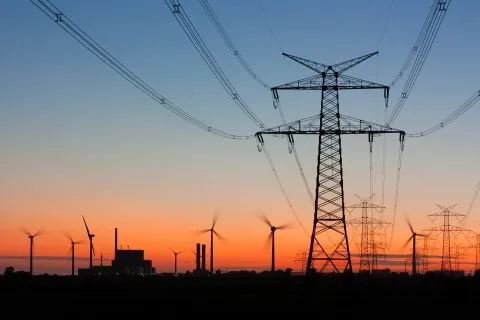
Has power demand in Asia been slowing down?
Do not get fooled by the 80% demand growth, analysts say.
Most Asians may not feel it as electricity-related issues in their countries vary largely, but the power demand in the region has actually been slowing. In fact, the slowdown is just enough to allow most power companies to recover capex and maintain adequate financial buffers on their business side.
According to the Southeast Asia Energy Outlook published by the International Energy Agency, Southeast Asia’s total primary energy demand alone grows by 80% in the New Policies Scenario, increasing from 594 Mtoe in 2013 to 1 070 Mtoe in 2040. But do not get fooled by the big percentage.
In 2013, Southeast Asia accounted for about 4% of global primary energy demand, a share that is set to increase over IEA’s outlook period as the region’s energy use expands at 2.2% on average per year, a faster pace than the global average. “However it is important to note that this number is still slower than its 3.4% average growth from 2000 to 2013. This reflects a gradual slowdown in the economic and population growth rates, a shift towards less energy-intensive economic growth, fuel switching away from traditional use of biomass and energy efficiency gains,” IEA says in the report.
Most power companies exhibit strong-to-adequate funding capacity that will help them sustain their credit quality, while state-owned power utilities will continue to benefit from strong government support. Mic Kang, a Moody's vice president and senior analyst, confirms this saying that most power companies in Australia's regulated network sector, as well as those in Hong Kong and Singapore will continue to benefit from transparent and consistently applied tariff-setting mechanisms.
But in China, Kang says, thermal power generators will be affected by slower power demand and the regulators' promotion of renewable and clean energy over thermal power. However, lower inputs costs and their financial headroom will mitigate the slowing demand.
Matthew Rennie, power & utilities leader at EY stays upbeat in his China outlook. IPPs, especially in China, continue to witness strong growth in generation output. For example, Huaneng Power International, a large-cap thermal power IPP based in China, disclosed that the company’s total power generation within China amounted to 317.5b kWh, representing an increase of about 5% over the same period last year. The increase was largely driven by the stable growth of the nationwide electricity consumption, above-normal summer temperatures and increased sales efforts.








![Cross Domain [Manu + SBR + ABF + ABR + FMCG + HBR + ]](https://cmg-qa.s3.ap-southeast-1.amazonaws.com/s3fs-public/styles/exclusive_featured_article/public/2025-01/earth-3537401_1920_4.jpg.webp?itok=WaRpTJwE)
![Cross Domain [SBR + ABR]](https://cmg-qa.s3.ap-southeast-1.amazonaws.com/s3fs-public/styles/exclusive_featured_article/public/2025-01/pexels-jahoo-867092-2_1.jpg.webp?itok=o7MUL1oO)









 Advertise
Advertise


